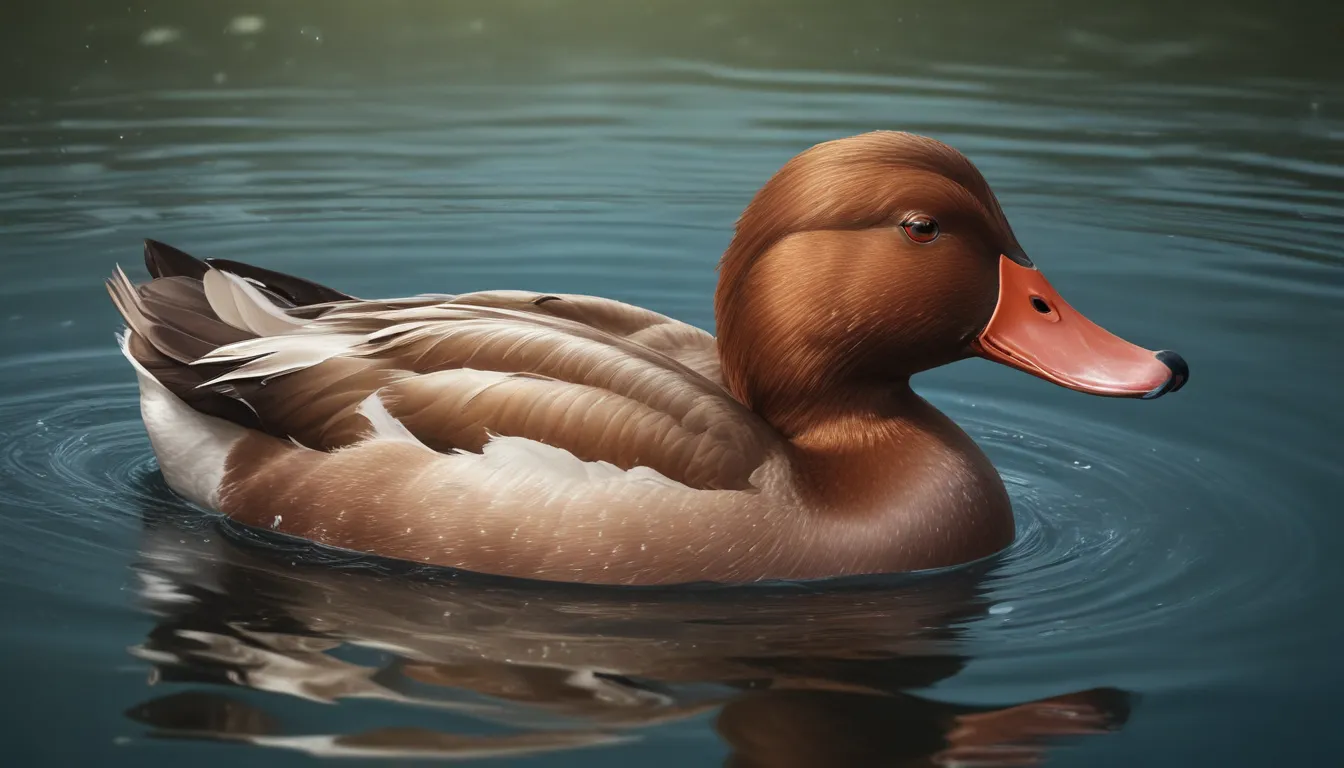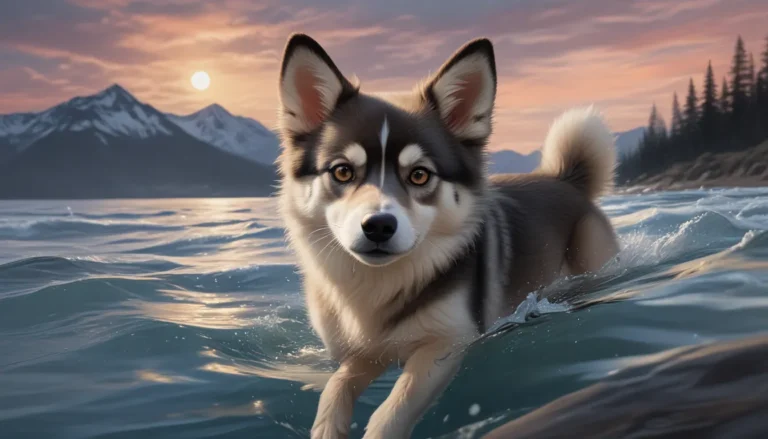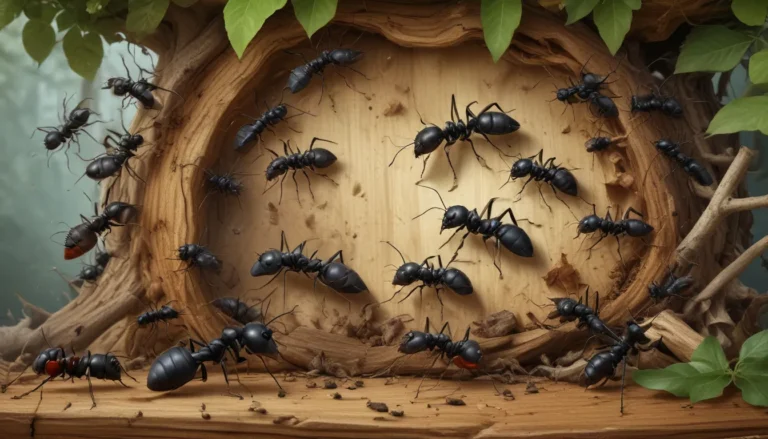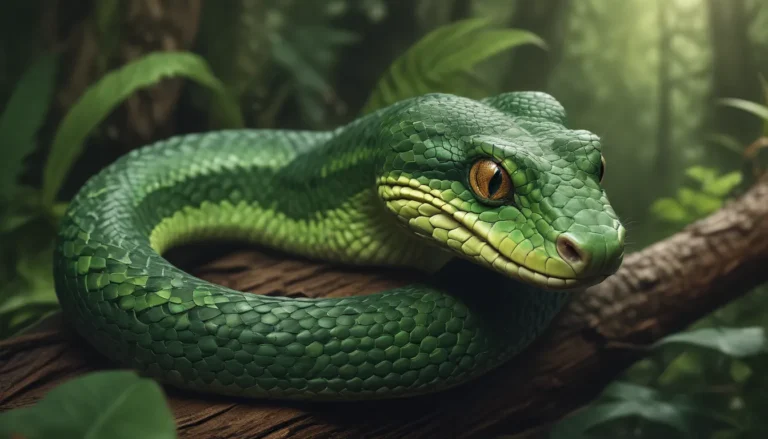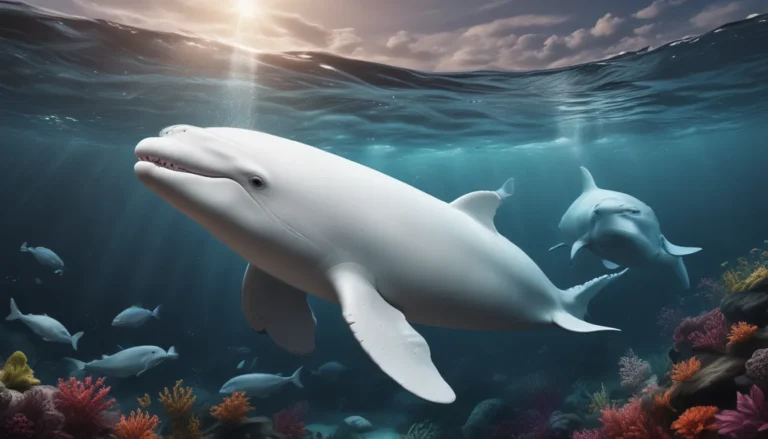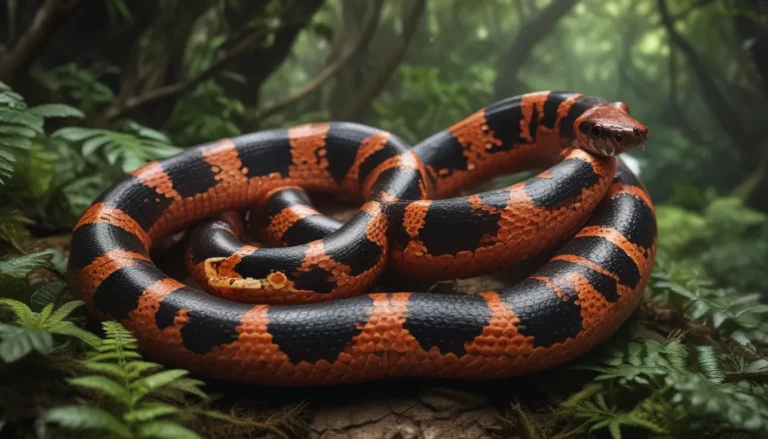The pictures we use in our articles might not show exactly what the words say. We choose these pictures to make you interested in reading more. The pictures work together with the words but don’t take their place. The words still tell you the important facts.
As we immerse ourselves in the enchanting world of birds, one group that stands out for its unique characteristics is the pochards. These colorful diving ducks, belonging to the Anatidae family, enthrall birdwatchers and wildlife enthusiasts with their splendid plumage and distinctive behaviors. In this article, we will delve into the realm of pochards and uncover 17 fascinating facts that shed light on their lives, habitats, and conservation needs.
Discovering Pochard: An Avian Marvel
Pochards, medium-sized diving ducks renowned for their vibrant plumage and exceptional diving skills, are a sight to behold in the wild. Their round heads, short necks, and compact bodies make them easily recognizable, with males adorned in bright colors and females sporting more subdued hues for camouflage.
Unveiling the Habitat and Distribution of Pochards
These marvelous ducks can be found gracing a variety of wetland habitats across Europe, Asia, and parts of North Africa. Lakes, ponds, and marshes serve as the playgrounds for pochards as they dive underwater to forage for aquatic plants, insects, and tiny creatures that comprise their diet.
Embarking on a Species Journey
Within the realm of pochards, several species, including the Common Pochard, Red-crested Pochard, and Ferruginous Pochard, showcase their unique characteristics and range. Each species contributes to the rich tapestry of diversity within the avian world.
A Symphony of Vocalizations
Listen closely, and you may hear the soft quacks and whistles of pochards resonating through their wetland homes. During courtship displays, male pochards serenade potential mates with low, melodious calls, showcasing their charm and grace.
Navigating Migration Patterns
Many pochard species embark on epic journeys, traversing vast distances in search of suitable breeding and wintering grounds. Witnessing their majestic flocks during migration is a testament to their resilience and adaptability.
Embracing Conservation Efforts
As pochards face threats such as habitat loss, pollution, hunting, and climate change, conservation efforts are crucial for safeguarding their populations and habitats. Wetland protection, captive breeding programs, and international collaborations play pivotal roles in ensuring the survival of these remarkable diving ducks.
Pochards: Guardians of Ecosystems
Pochards contribute significantly to the health of wetland ecosystems by regulating the populations of aquatic plants and invertebrates through their feeding behavior. Their presence underscores the intricate balance of nature within these vital habitats.
Pochards and Human Interaction
While pochards have historically been hunted for sustenance and resources, increased awareness of conservation has led to regulated hunting practices in many regions. Respect for these magnificent creatures is essential for fostering a harmonious coexistence with nature.
Resonating Symbolism and Artistry
In various cultures, the pochard symbolizes adaptability, resilience, and gracefulness, embodying qualities that inspire admiration and reverence. Their presence in art and literature further cements their place as subjects of beauty and wonder.
Enchanting Courtship Displays
Male pochards engage in elaborate courtship displays, showcasing their agility and elegance through head-bobbing, wing-flapping, and synchronized swimming. These displays captivate and enchant observers, offering a glimpse into their captivating world.
Navigating Lifespan and Predators
The lifespan of pochards varies depending on species and environmental conditions, with threats from larger birds, mammals, and reptiles posing risks to their survival. Vigilance and adaptation are key to overcoming these challenges.
Confronting Climate Change
In the face of climate change and habitat disruption, pochards face unprecedented challenges that impact their breeding and migration patterns. As stewards of the environment, it is imperative to address these threats and safeguard their future.
The Splendor of Pochards: A Call to Conservation
In conclusion, the allure of pochards transcends mere admiration, touching upon the interconnectedness of all life forms in the intricate web of ecosystems. Through birdwatching and conservation efforts, we can appreciate the beauty and significance of pochards in sustaining biodiversity and preserving wetland habitats for generations to come.
FAQs: Navigating the World of Pochards
Q: Are pochards endangered?
A: Yes, some species of pochards are endangered or vulnerable due to habitat loss and hunting.
Q: What do pochards eat?
A: Pochards primarily feed on aquatic plants, seeds, and invertebrates found in freshwater habitats.
Q: How do pochards dive underwater?
A: Pochards utilize specialized adaptations to dive underwater, using their wings and feet for propulsion and steering.
Q: Do pochards migrate?
A: Yes, pochards are migratory birds, breeding in the northern hemisphere and migrating to warmer regions during winter.
Q: How long do pochards live?
A: On average, pochards can live up to 10-15 years in the wild, with lifespan varying by species.
As we celebrate the magnificence of pochards and the wonders of birdwatching, let us embrace the responsibility to protect and preserve our natural world for the benefit of all species. Together, we can ensure the continued harmony and beauty of our planet, where pochards and their fellow inhabitants thrive in a world of wonder and awe.
